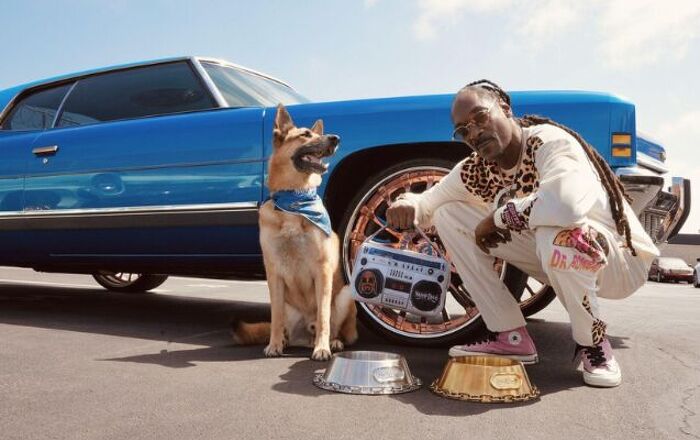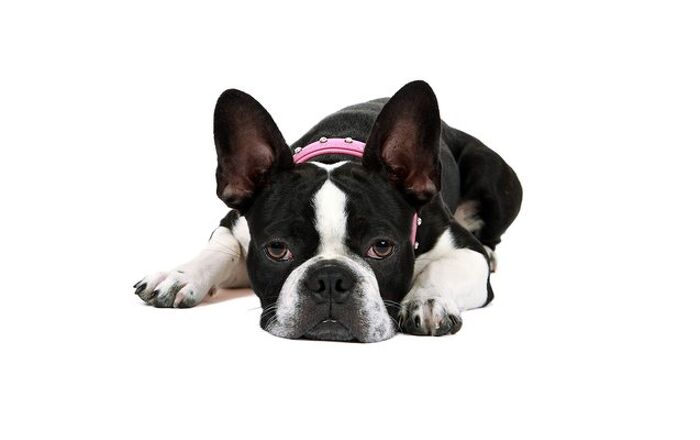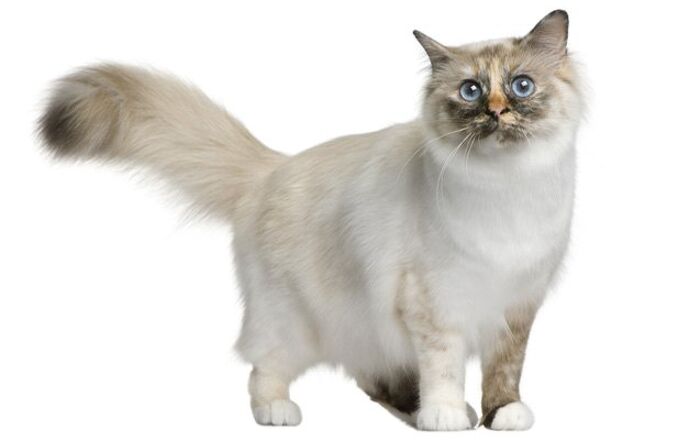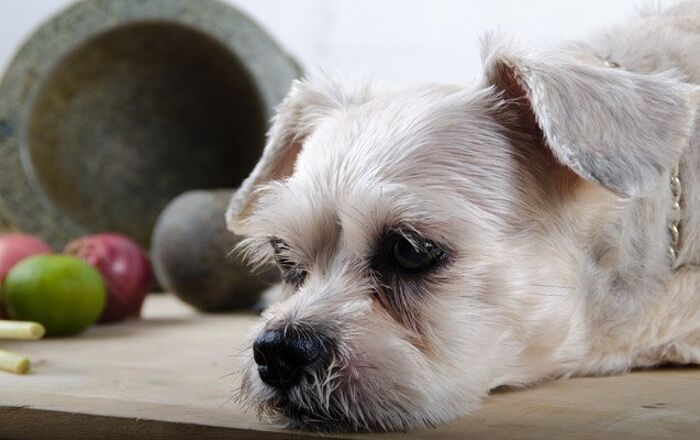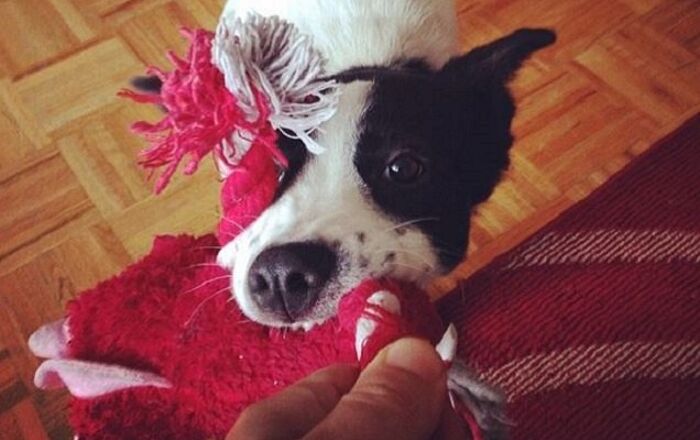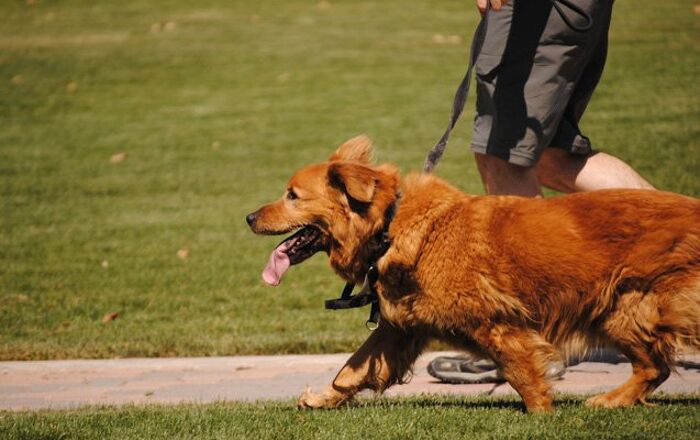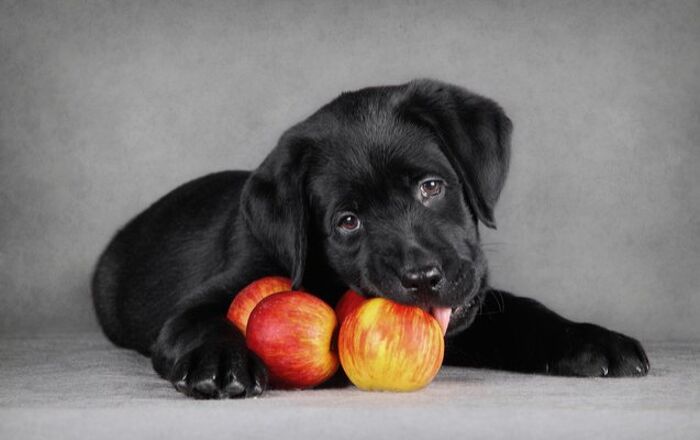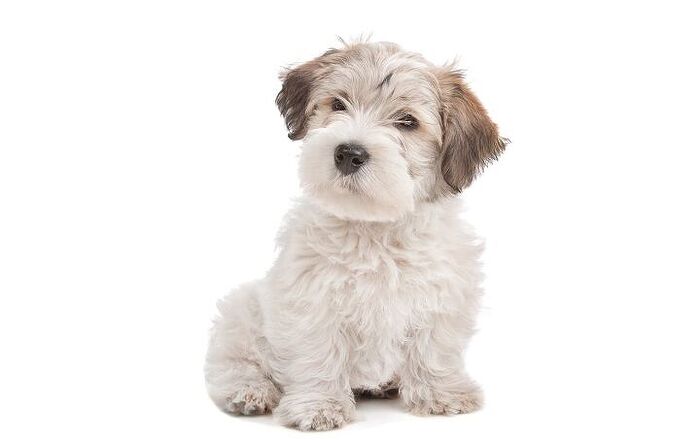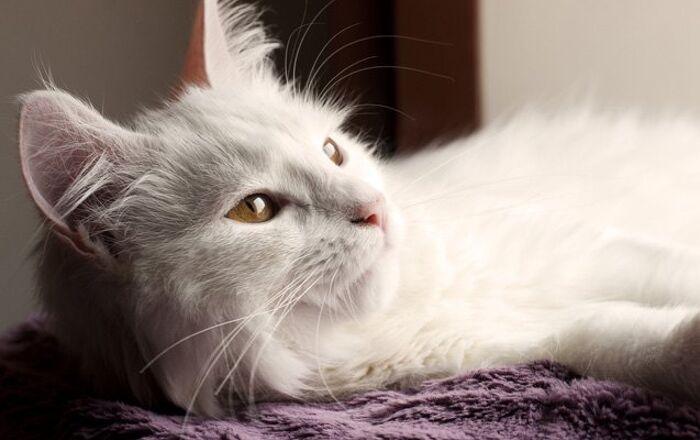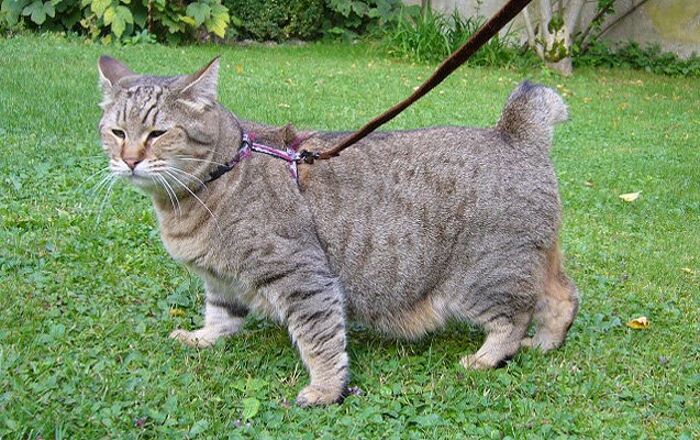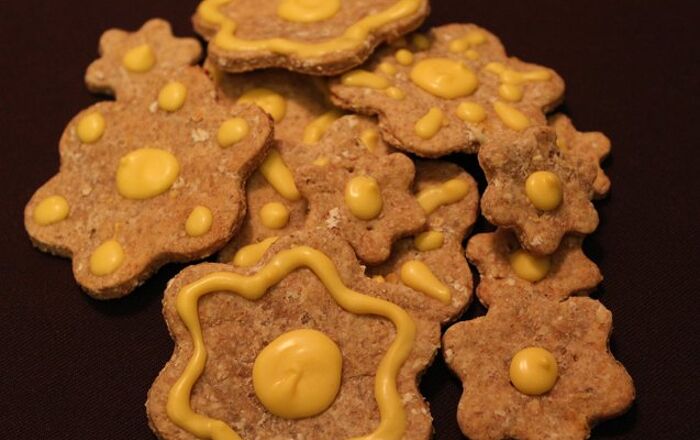
Dutch Rabbit Breed History/Origin
The Dutch rabbit is one of the oldest domestic rabbit breeds. It is a descendant of the Petite Brabançon from the Brabant region in Flanders which was bred in large numbers for the meat industry in the late 19th century. The Dutch rabbit is said to have originated sometime around 1850 in Holland, where it is called the Hollander Rabbit. In 1864, it found its way to England where it grew in popularity and has since then been exported to many places around the world.
A show-worthy Dutch rabbit should have a very rounded body throughout.
Overall Description
A show-worthy Dutch rabbit should have a very rounded body throughout. They have a small, compact body with a rounded head, short, broad ears (especially near the base), and back legs that are longer than the front legs.
Coat
A Dutch rabbit’s flyback fur is short, glossy and easy to maintain. Like most rabbit breeds, the Dutch rabbit will also go through a seasonal molt (much like a dog when it sheds in the spring). During that time, you will have to groom them a little more often than usual. When they go through molts, you can expect to have your clothes full of their fur when you pick them up and give them some loving, which is why daily brushing during molts is a must. Otherwise, one brushing a week should be sufficient.
Colors
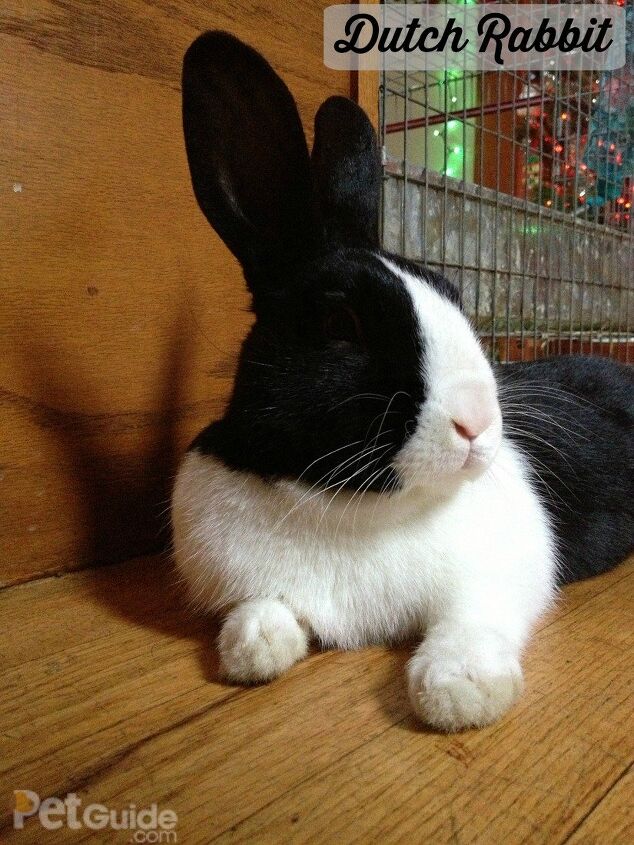
There are several types of Dutch rabbits, all identified by their coats. Despite having so many types, however, their markings are almost all the same. They all have dark colored ears and rumps, a band of white from the top of their shoulders to their belly, white legs and a wedge of white fur running up the front of the face which is called the ‘Blaze’.
There is the Black Dutch rabbit, which has pure white and slate black fur with dark brown eyes; the Blue Dutch whose eyes are a blue-grey and fur color is a medium-dark blue and glossy; and the Chinchilla Dutch who has either dark brown or blue-grey and their fur is a speckled grey mixed with white. There are four more Dutch rabbits that are also recognized in shows including the Chocolate Dutch (either dark-brown or ruby eyes and chocolate brown fur); the Gray Dutch that has mixed-colored fur (slate blue, medium tan, then charcoal brown and chocolate) and dark brown eyes; the Steel Dutch rabbit (dark brown eyes and a mostly black body with off-white or cream coloration on some of the hair tips); and finally, the Tortoise Dutch rabbit (bright orange/cream colored coat and dark brown eyes).
A Dutch rabbit’s flyback fur is short, glossy and easy to maintain.
Care Requirements
Dutch rabbits are one of the oldest domestic breeds around, so you can be sure that they love to be outside their enclosure whenever possible. They will happily run and jump high into the air when they are out of their hut, especially if they are outside with some soft grass beneath their fuzzy little feet.
Like most rabbits, they will live a long, healthy life so long as they are given plenty of outdoor time and fed a diet of 70 percent hay and the rest being a mix of pellets, fruits and vegetables. However, some fruits and vegetables can pose a danger to their health. Unless you’ve researched the fruit/vegetable and are sure it is safe to feed it to them, the rule of thumb is simply not to feed them if you are unsure. Some food that can be dangerous to your rabbit include seeds from fruits such as apples and pears – they contain tiny particles of cyanide and despite being harmless to humans, they can hurt your rabbit. Bark and cherry tree twigs should be avoided, as well rhubarb (it contains oxalates which prevents absorption of calcium) and mushrooms (this hurts them in the long run, as it has been shown to cause cancer in mice).
Their enclosure could be indoors or out, weather and temperature-permitting. Rabbits do not do well in extreme heat and most do not do well in the cold (including the Dutch rabbit), so always be aware of outdoor conditions before letting your rabbit spend time outside. Their enclosure needs to be clean and dung-free. If there is hay bedding, always be sure to clean it at least once every other day.
There is an age-old question when it comes to the domesticated rabbited: wire enclosure vs. bedding. Rabbits prefer bedding because it is easier on their feet and more comfortable while humans prefer to have wire-bottomed enclosures because it is easier to clean, however it is harder on the rabbit’s feet. With a wire-bottomed enclosure, their excrement simply falls through the wire and onto a removable bottom that owners can easily change while with bedding, you’ll have to go into the enclosure and clean it out, which is more time-consuming. In the end, the decision is that of the owner’s but if you want a happier rabbit, make or purchase an enclosure that has a hay bottom. It may be slightly more time-consuming to clean out their waste, but the result will be a rabbit that is comfortable with their enclosure and is less strenuous on their poor legs. These should be cleaned out thoroughly once a week, while droppings should be removed daily.
Health
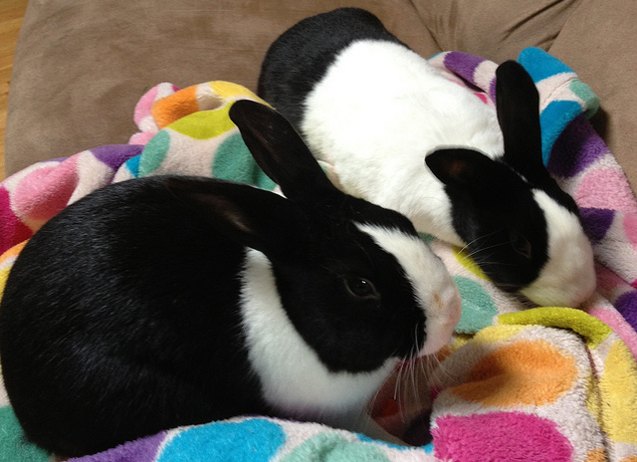
Unlike most animals, rabbit teeth never stop growing. Thankfully, they are also constantly being worn down by everyday activities such as chewing their food and grinding their own teeth. If for some reason your rabbit’s teeth are not being worn down, their overgrown teeth may start growing into their jaw and face, causing severe pain and discomfort. Signs of overgrown teeth or an infection due to overgrown teeth include loss of appetite slugging activity or drooling around the mouth. Be sure to check your rabbit’s mouth often for signs of overgrown teeth and bring them to the vet if you suspect they have an infection, as it can be treated with antibiotics and veterinarians can also fix their overgrown teeth problem.
Female rabbits (called does) can be spayed when they are as young as four months old, however vets tend to wait until they are six months old. Male rabbits (called bucks) are eligible to be neutered as young as three and a half months old. All rabbits should also be given worm prevention treatment and checked for ticks and fleas regularly.
These rabbits absolutely love to be out of their enclosure and into the world.
Temperament/Behavior
These little guys absolutely love to be out of their enclosure and into the world. Due to their gentle nature, they do well with children so long as they are handled carefully and have enough time out of their enclosure to become social animals. Should they spend too much time in their enclosure, they will become depressed and/or bored, especially if they have no companion rabbit with them. They are wonderful first-time pets, as they are relatively low maintenance so long as you provide them with essential items to keep them safe, healthy and happy. Because they are such sociable animals, they are also good pets for couples and seniors, so long as retirees are able to physically to tend to the rabbit’s needs which includes feeding them, cleaning their enclosure and etc.
Rabbits take on a completely different approach when it comes to training. Activities that humans would deem unacceptable such as urinating in the corner or scratching up your carpet are completely natural to them and you must understand this before trying to train any kind of rabbit. They are also not children in that you should not punish them if they do something unpleasant, as this will get you nowhere with training. Instead, you should only reward them with a treat when they complete something successfully (such as urinating in the proper area). Never yell or shout at your rabbit when you become frustrated that are not as obedient as you would like them to be, as rabbits will consider you the enemy and may become aggressive or dislike you and absolutely refuse to participate in any further training. Owners much approach rabbits with an extremely patient mindset in order to train the rabbit to do anything from potty training to tricks.
Photo credit: Poot The dutch/Flickr

